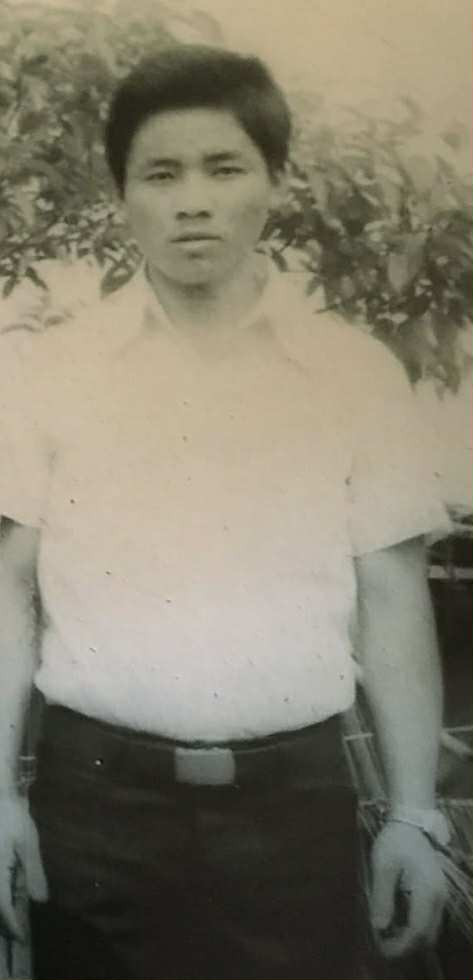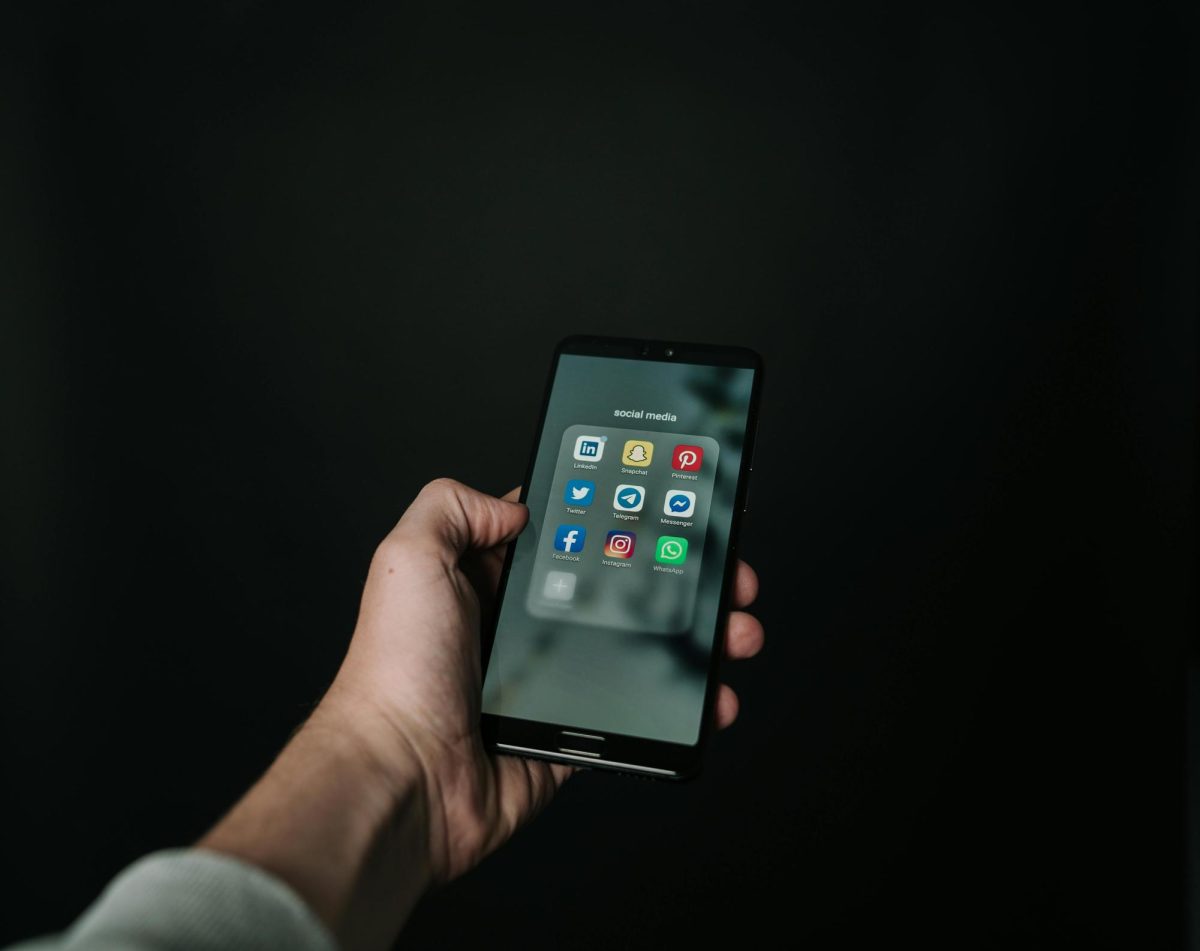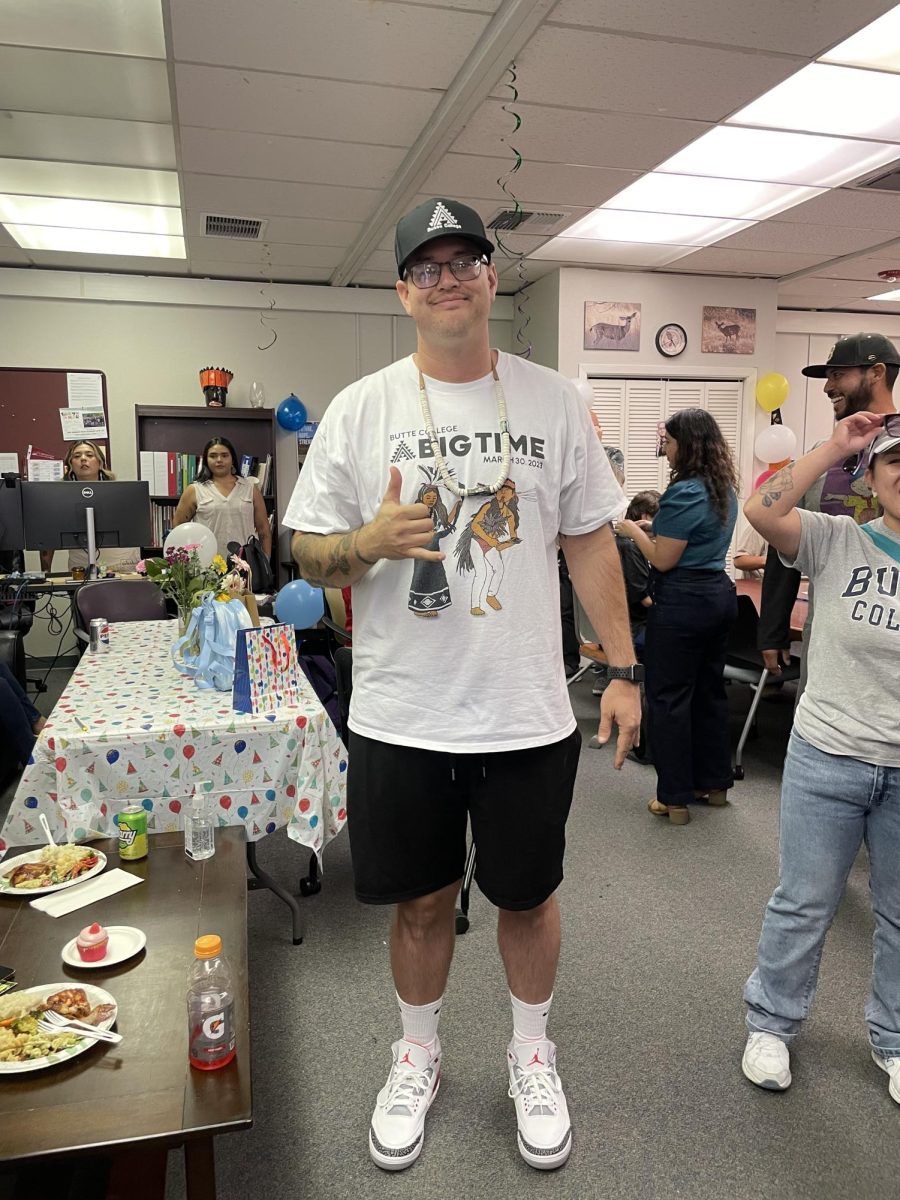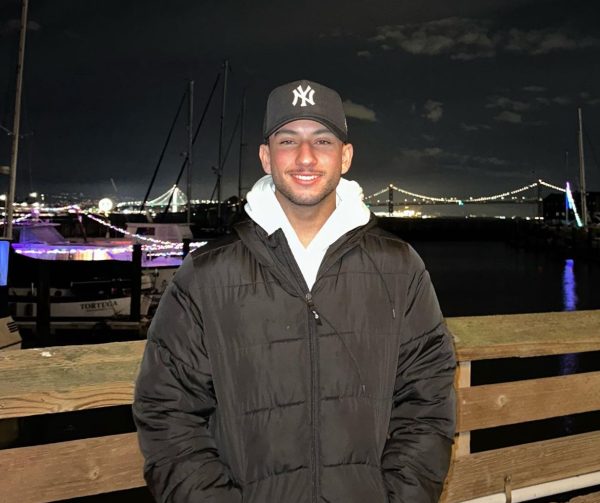Luísa Bel is a Brazilian animator from Florianópolis, Santa Catarina, and in more ways than one, her journey, like her work, is fascinating—full of intricate details and layered stories.
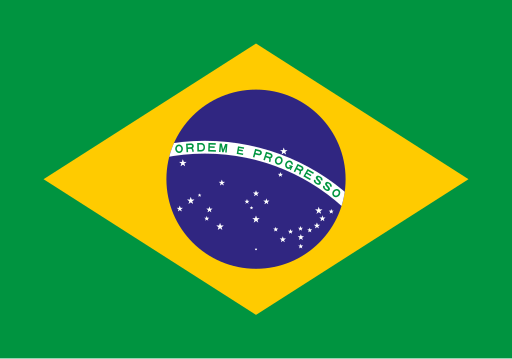
Growing up in Brazil, Luisa’s early life was shaped by her great love for fantasy worlds and miniature art. With inspirations like Hayao Miyazaki, Wes Anderson, and Ursula K. Le Guin shaping her artistic outlook and style, her passion for animation began early.
At the age of 10, Luisa began studying with Diego de Los Campos, an experimental animator and multimedia artist, and the nearly decade of lessons with him became the foundation for the work that she creates today.
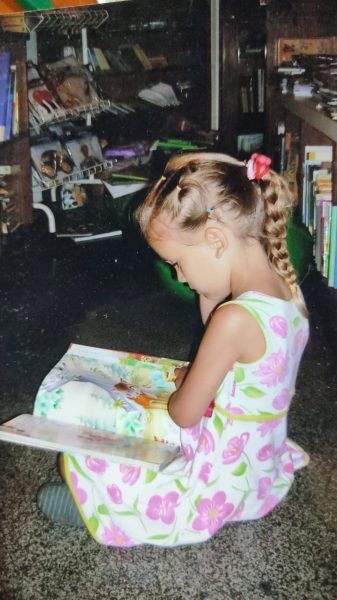
With this said, Luisa’s path to being a promising animator in the Golden City wasn’t as straightforward as it may seem. After graduating high school during the pandemic, Luisa found herself facing many personal struggles and unsure of what to do with her life.
It was then that she decided to visit San Francisco to see her godmother—and as they say, the rest was history. During this trip, she ended up visiting and applying to the California College of the Arts (CCA), where she’s now entering her senior year in the prestigious school’s animation program.
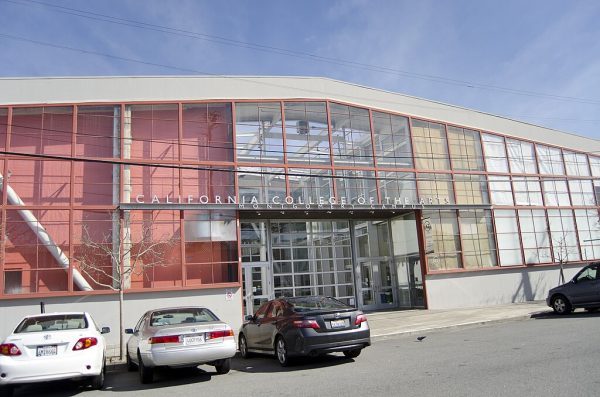
At CCA, Luisa has really zeroed in on stop-motion as her medium of choice, and through it, she blends a kind of storytelling and physical artistry that deeply express her true creative identity.
Luisa recently finished her first large-scale solo project, a film titled Nemo. Nemo is a stop-motion music video, and it will be showcased at this year’s Butte Film Festival (BUFF).
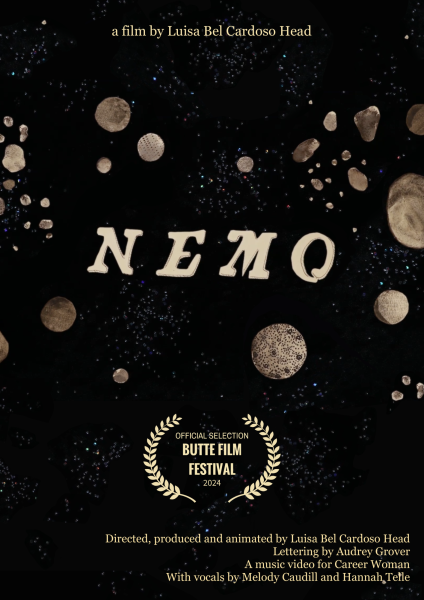
Beyond being her first large-scale solo project, the showcase at BUFF will also mark her debut on the festival circuit, and with all this said, it’s safe to say she likely won’t be getting off the track anytime soon.
Luisa explains that her film, Nemo, is rooted in her own experiences of isolation, longing, and love.
The film follows a bunny on the moon, the last of its kind, as it embarks on a journey to reconnect with a penpal cat living on another planet.

The music video features the song Nemo by Melody Caudill of the band Career Woman, with vocals from Hannah Telle, who is a voice actor from the video game Life is Strange.
Having watched the movie myself, I interpreted it to have themes that, in a way, echo Luisa’s personal journey as a Brazilian immigrant navigating cultural divides while chasing her dream in a new country—something I can really relate to.

Luisa’s aspirations extend far beyond Nemo. She’s currently working on Miau Mau, which will be a Portuguese-language children’s film about her cat.
Beyond this, Luisa is also working on a horror adaptation of the Brazilian folktale Iara—a project aimed at honoring her country’s indigenous and feminist narratives.

With all this said, I must remark that Luisa’s work and story are very special. As a Brazilian journalist and creator myself, it’s very special to see just how much her work bridges countries, continents, and cultures. Luisa’s art creates a beautiful dialogue between her Brazilian roots and the life she lives here in California.
To better understand Luisa’s story, creative process, and aspirations, we had an insightful conversation with her. Here’s what she had to share:
Q&A With Luisa Bel
Q: Nemo blends personal storytelling with animation. How did you balance these elements, and what challenges did you face during the creation process?
A: “When I got the green light to turn this story into a music video, and full creative freedom to do it however I wanted, I already had a completed storyboard and an idea of what I wanted it to look like, so the biggest challenges to turn my idea into reality came from having to do it all by myself on a deadline. I started building the sets for this project at the end of my sophomore year and spent a whole semester completing the pre-production and filming this two-minute short. Nothing about it was easy, but building the sets came naturally to me. I had the amazing guidance from my teacher Norman deCarlo, who worked on the set of Nightmare Before Christmas and fully supported my vision.
Building the puppets was a bit harder because I had never made a fully functional stop-motion puppet before, so there are a lot of things I would do differently if I were to remake this project. However, the hardest part was definitely animating. If I could go back, I would love to have had other people helping me because it is a very tedious and long process. But with my time limitations, I did the best I could to bring my idea to life. All the challenges and mistakes I made have helped me with my current film, so it was very valuable experience.”

Q: How did it feel when you learned that Nemo was selected for BUFF?
A: “I was so happy to receive this recognition! I submitted Nemo to a few different festivals, but this was the first one I got accepted into, so it felt really good to know other people liked my little film. It’s a great first step, and I can’t wait to be part of more festivals with my future films. It makes all the hard work worth it.”
Q: What does it mean to you as a Brazilian filmmaker to showcase your work at BUFF, and how does this platform contribute to your artistic journey?
A: “It’s great to see how proud my family is. Growing up, I never expected to be pursuing art as a career, much less as a filmmaker, so being able to be part of my first film festival in California is awesome. I hope to participate in many other festivals here and in Brazil in the future.”

Q: How would you describe Nemo in one sentence to someone who’s never seen it?
A: “It is a story about love and longing and how scary it is to grow up. Nemo is actually the name of the song, so you would have to ask Career Woman about that!”
Q: What are the unique challenges of being an international filmmaker in the U.S., and how have you navigated them?
A: “I think I have a very different background from most of my peers, which means the stories I want to tell don’t always match up with others. It’s hard to find filmmakers here with a similar vision to me, but this can also be a good thing because it’s very inspiring to be around artists with different backgrounds and ideas. I have encountered a few Latino filmmakers with awesome ideas, and many other international artists that inspire me a lot!”

Q: If you could collaborate with any animator or filmmaker, past or present, who would it be and why?
A: “I would love to be able to work with Wes Anderson or Nick Park, or to at least be a fly on the wall in their studios. Wes Anderson has a beautiful aesthetic, sense of storytelling, and whimsical feeling to his work, especially his stop-motion films, so I would love to learn from him directly. Nick Park is an awesome animator, and his work is so funny and unique. I really want to intern at Aardman Studios one day and meet him.”

Q: What’s one piece of advice you’d offer to aspiring animators who want to create deeply personal and culturally rich films?
A: “I think it’s really important to tell the stories that mean the most to us, even if other people might not relate or understand, or even if you don’t think you are good enough. It’s only through putting our work out there that we can get better.”
Q: How do you hope BUFF will shape your career and open doors for future projects?
A: “I would love to meet other filmmakers with similar interests at the festival, and it feels great to get recognition for my first film!”

Luisa Bel’s story is one of courage, creativity, and the power that art has to create a connection. Her journey, which began in Florianópolis and now takes place in San Francisco, is nothing short of inspirational. From a childhood fascination with miniatures to a promising career in stop-motion animation, it’s safe to say that her art, like her film, is a heartfelt reflection of her experiences as an immigrant, an artist, and a dreamer.

As Nemo premieres at BUFF, Luisa’s journey reminds all of us of the immense power of storytelling and its unique ability to offer audiences a glimpse into a world that is larger than borders. For fellow animators, her work will be a testament to just how far one can go by following a dream.

So make sure to come out to BUFF, December 6-8, and catch Luisa’s film. Support her and many other visionaries who are shaping the future of film—one frame at a time.


